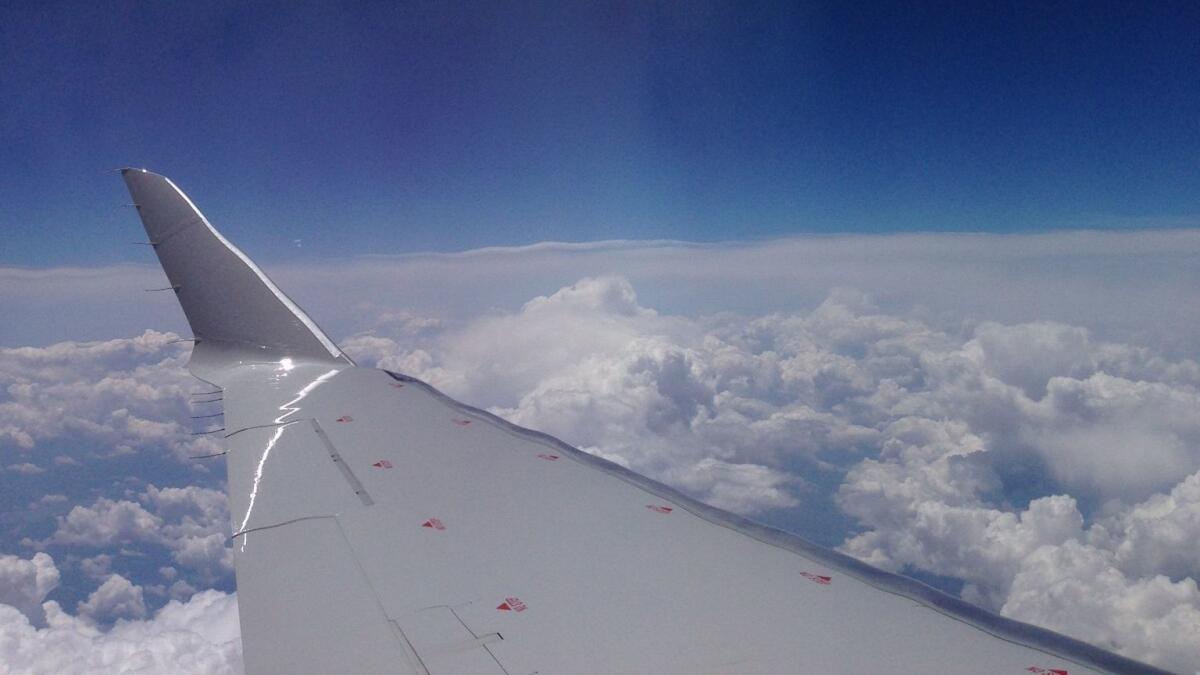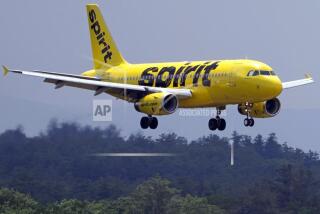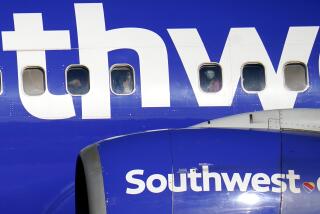Is basic economy or the ultra-low-cost carrier the answer to the leisure traveler’s prayers?

If I were planning a Thanksgiving visit to my maternal grandmother’s house in Virginia, I would be in a world of hurt. I would be forking out at least $600 for a round-trip ticket if I traveled on the traditional days — leaving Wednesday and returning Sunday.
It’s still August, Thanksgiving is 99 days away, and the fare is probably not going to get any cheaper.
I won’t be going, because that’s more than I’ve ever paid for a round-trip ticket to the Washington area and because granny died in 1935. (I know that sounds as if mathematically I could be as old as Methuselah; I’m not, although I could be his younger sister.)
But there’s other math you should pay attention to right now if you’re thinking about flying this fall and winter, and unlike my granny, it’s pretty ugly.
Here’s why, why it matters and why there may be hope on the horizon:
-- Fuel prices are rising. Big deal, you say. Fares haven’t gone up that much. That’s true for now, but it takes awhile for those increases to infiltrate the fare structure before you feel the pain.
And you will feel it, as Thomas Spagnola, senior vice president of supplier relations for fare website CheapOAir, said, fuel is about a quarter of the cost of a ticket.
Fuel prices increased 11 cents a gallon from June 21 to Aug. 3, according to data from Airlines for America, an industry group.
When prices increase, fuel becomes the equivalent of other, less acceptable, four-letter words. In 2011, higher prices contributed to fares that reached new heights. Our L.A. Times Travel section airfare charts tell the tale. The chart of Aug. 7, 2011, showed a round-trip fare to Washington of $472. The fare chart from Aug. 5 of this year showed $328.
-- More people are flying. Almost 250 million will board a plane this summer, Airlines for America predicts, an increase of about 5% from last summer. That means load factors — how full the planes are — continue to increase, A4A stats show.
It wasn’t unusual for a plane to fly 55% full in the mid-’70s; by 2017, that figure had increased to 83.5%, which means you can’t always find another seat if the passenger next to you smells like sweaty gym socks.
More important, those load factors tell us that demand continues to be strong. Airlines are experts in yield management — charging the maximum the market will bear — so don’t expect them not to try to make money.
-- Airlines do need to make more money, especially in the face of rising costs. They’re not nonprofits, at least not on purpose. Second-quarter results weren’t horrible, but they weren’t dazzling after several years of profits.
I don’t live and breathe airline earnings, but Airline Weekly does. Seth Kaplan, the managing partner for the publication, just ranked nine airlines on their profit declines in the second quarter. None of the nine airlines escaped a drop in revenue, but some did not fare as badly.
And two are in growth mode, Kaplan said: United and Spirit. That’s important, because airlines that are growing can afford to add capacity, which helps with demand.
Even those airlines that aren’t in growth mode may hold the keys to keeping fares affordable.
Spirit is an ultra-low-cost carrier, or ULCC; American, United and Delta have basic economy fares (and Alaska will introduce a version later this year).
So fliers, here is the good news and the hope:
Spirit, which once delighted in being the most hated airline in America, is winning friends and fans and expanding quickly. It may be that its message has finally stuck with the flying public: We’re not like the carriers you have known and tolerated lo these many years. We are a low-cost carrier, and we’re going to charge you for stuff. Upselling (paying for a bag, paying for a seat assignment) is part of our model.
Kaplan and Spagnola have flown Spirit with their families and have praised its cost savings.
The mirror image of Spirit is the legacy carriers, which recently jumped on the basic economy bandwagon and have had their own image issues to deal with as they work to explain that basic is a restrictive fare that can save you money. Upselling is also part of their model.
The biggest point of contention is whether you can take a carry-on bag. Delta allows it. American is going to start allowing it after initially playing hardball. And United doesn’t yet allow it, but pressure is on.
Although you may not be able to choose your seat in advance (you might allow yourself to pay — to be upsold — to do so) or upgrade or change your ticket, you still will save money over regular economy fares.
The legacy carriers are burdened with trying to explain that basic economy is not your grandmother’s flight experience; no one expects hot meals anymore, for instance.
But consumers are still not quite on board with what basic economy means, which is this: You make a choice to be in control of your flying destiny, and one of them is to risk being uncomfortable because it saves you money.
This confusion about what basic is will sort itself out in time. But for now, basic economy and the ULCCs (include Frontier and Allegiant in the group) may be the leisure traveler’s BFF. And the low-cost trend is expanding to international carriers as well.
Only you can decide whether what you save is worth what you must accept/endure. But at least there are options, something that our flying foremothers never had.
Have a travel dilemma? Write to [email protected]. We regret we cannot answer every inquiry.
More to Read
Sign up for The Wild
We’ll help you find the best places to hike, bike and run, as well as the perfect silent spots for meditation and yoga.
You may occasionally receive promotional content from the Los Angeles Times.







